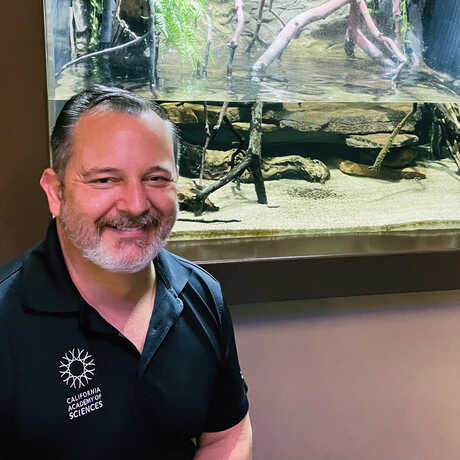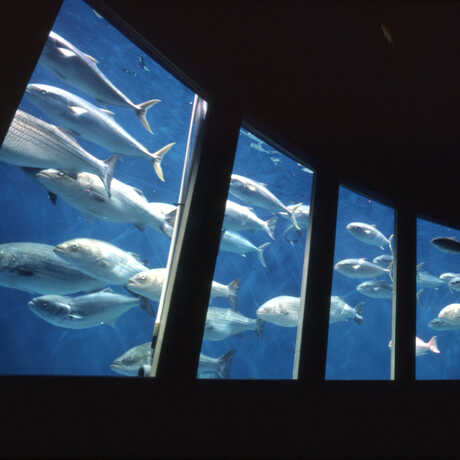A. anableps inhabits the coastlines of the Caribbean island of Trinidad and northern South America, from Venezuela to the muddy mouth of the Amazon. It prefers the brackish (somewhat salty) water of coastal mangrove forests and estuaries, but can also survive upstream in freshwater creeks and rivers.
This fish goes with the flow—literally: When the tide is high, it ventures into intertidal channels to forage among the inundated mangroves, and when the tide is low, it returns to the shallows of the permanent water channels.



